The best barefoot running shoes 2025: feel the ground beneath your feet
The best barefoot running shoes and minimalist designs for experiencing the addictive sensations of increased trail-feel
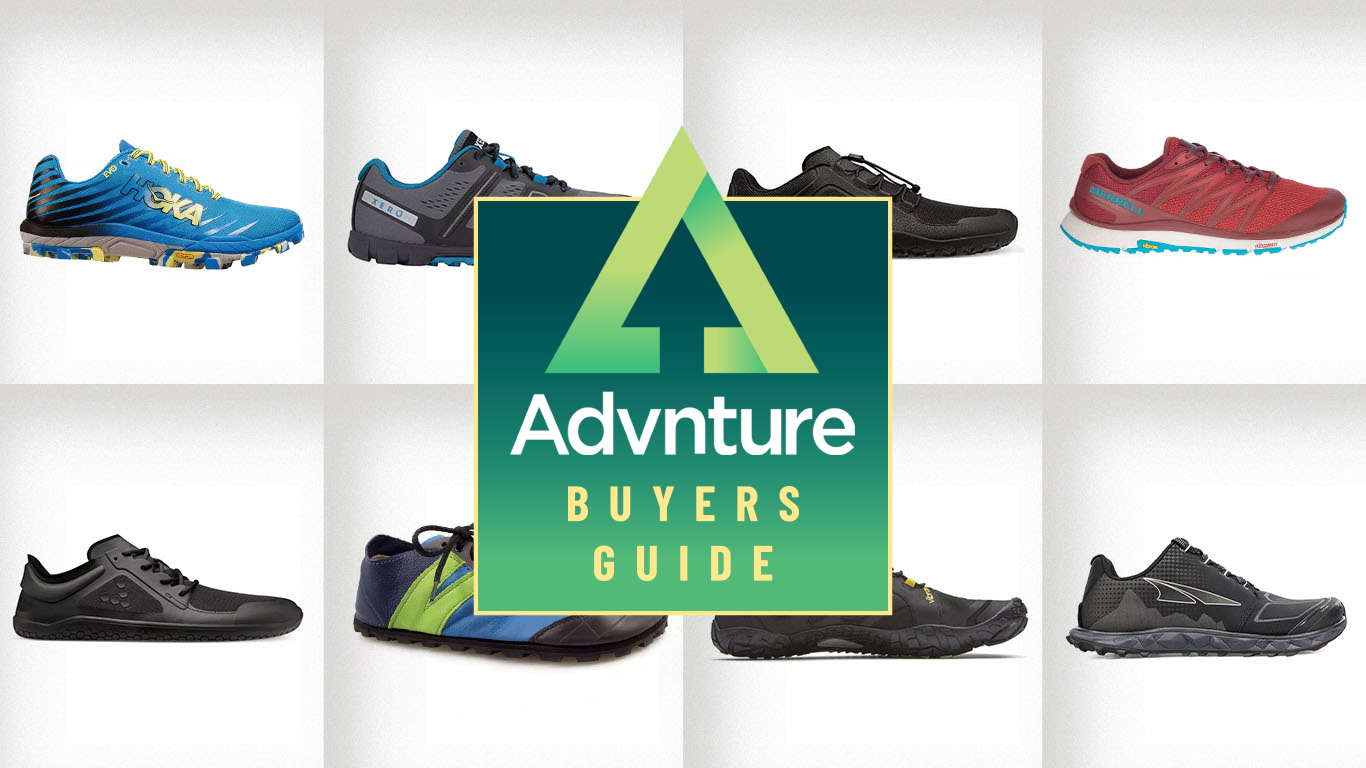
The best barefoot running shoes have come a long way in the last 18 years, since Vibram's FiveFingers first pioneered a novel approach to the trails. Boosted by Christopher McDougall's Born to Run in 2009, the enhanced ground-feel sensations barefoot running offers athletes are addictive and soon a whole new approach to trail running was in full swing.
Barefoot running shoes may not be for everyone – many people will be looking for the best trail running shoes with a bit more support – but there's still a definite trend for more minimal designs.
It's worth taking a moment first to consider exactly what you want from a 'barefoot' pair. Are you after an extreme experience that fully mimics barefoot feet, with barely a slim outsole between your toes and the trail? Or are you looking for a zero-drop, low-cushion design that will encourage a natural running style? Whatever your running needs, there's a model here for you, and if you still need some help deciding, check out our how to choose the best barefoot running shoes section down below.
We've selected the best barefoot running shoes, mostly for the trails, and tested them for comfort, grip and ground feel over long runs and short speed sessions to help you choose the best barefoot running shoes for you.
The quick list
This is our quick list, a brief overview of the best barefoot running shoes available. To delve deeper into the specifics of each shoe, see our more detailed reviews further down the page in this guide.
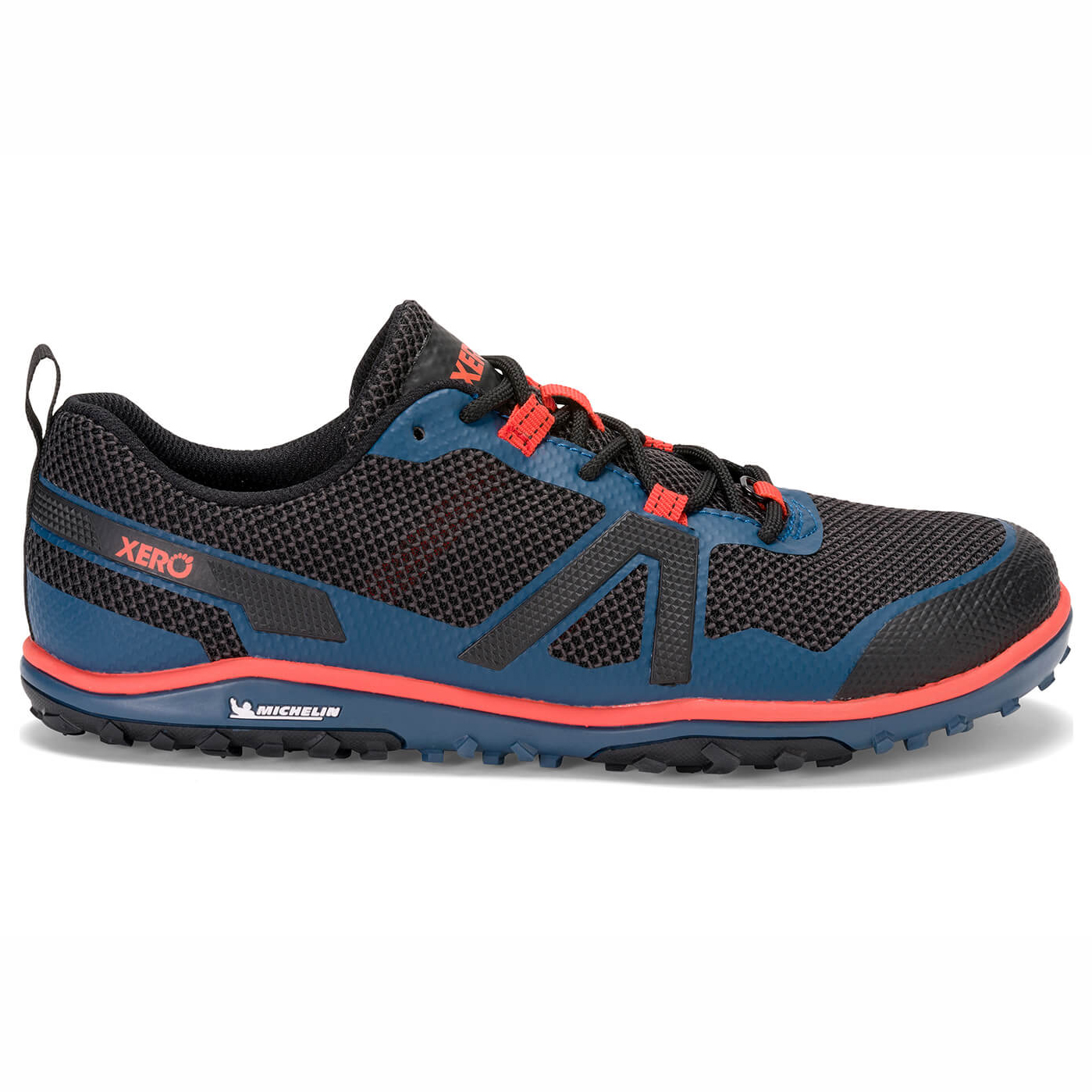
Xero proclaims the Xero Scrambler Low to be the, “lightest, most breathable, most comfortable technical running shoe ever made”, and we were certainly impressed in our testing. The Michelin-made outsole is designed for mixed terrain, and our reviewer found them to be highly capable across a range of terrains as well as comfortable and breathable, with a wide toe box.
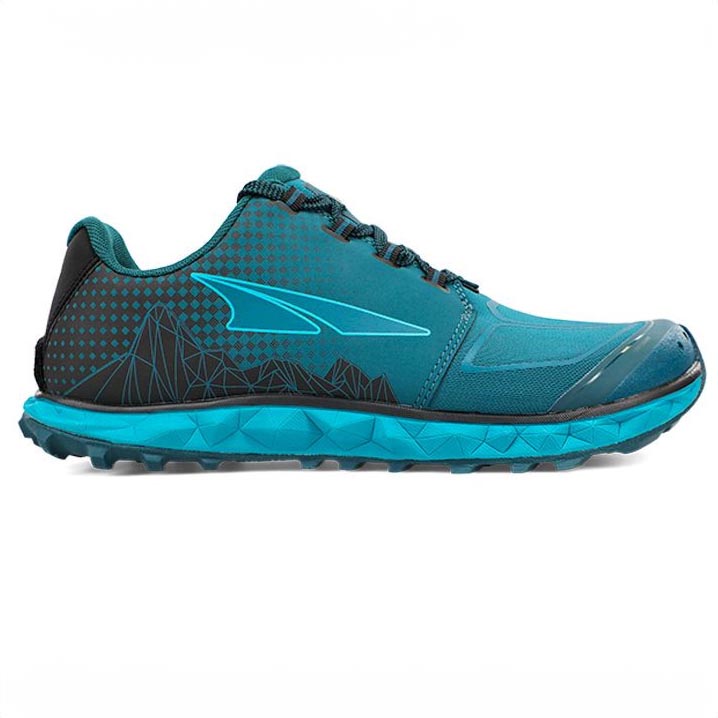
The Altra Superior 4.5 is the most minimal shoe in Altra's trail range, with protective cushioning and a fit that allows for toe-splay without feeling too wide. Altra's shoes are always zero drop, though this is more to do with extra cushioning under the ball of your toes, instead of less under your heel. We found them an enjoyable pair to wear that left our reviewer wanting to run further.
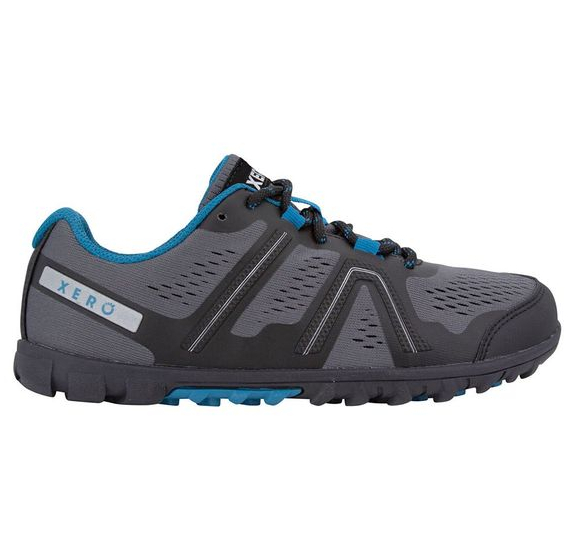
The Xero Shoes Mesa Trail has a low-to-the-ground construction that's made of a flexible rubber outsole, an interior foam layer and a removable insole. They're incredibly comfortable for such a minimal shoe, and feel exceptional on the trail. We found they offered a blend of protection, cushion and agility that created a model barefoot running experience with good grip.
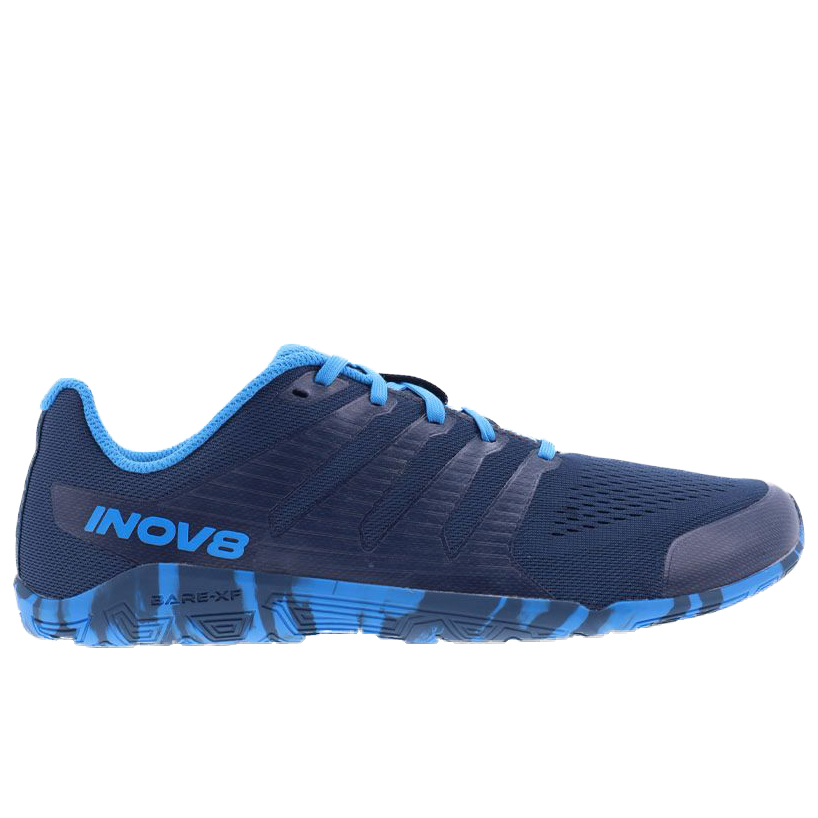
Excellent for 'barefoot' adventures on the trail, the Inov8 Bare-XFs are comfortable straight out of the box, and have just the right balance of cushioning and trail feel. They drain easily, meaning you can use them for wild swimming as well as running
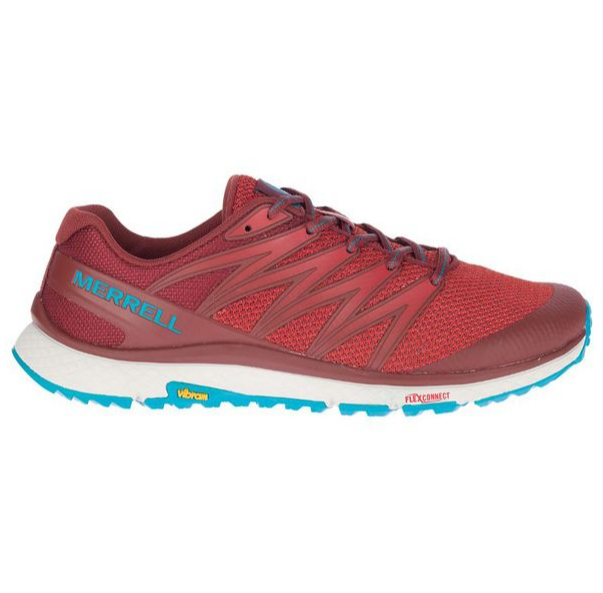
The Merrell Bare Access XTR is ideal for those new to barefoot running, offering a firm but comfortable midsole. We found them perfect for summer trail running, as well as longer runs than you might normally attempt in barefoot shoes. At first glance they have a more classic running shoe appearance, but when you look a little closer their foot-shaped and minimal principals are clear.
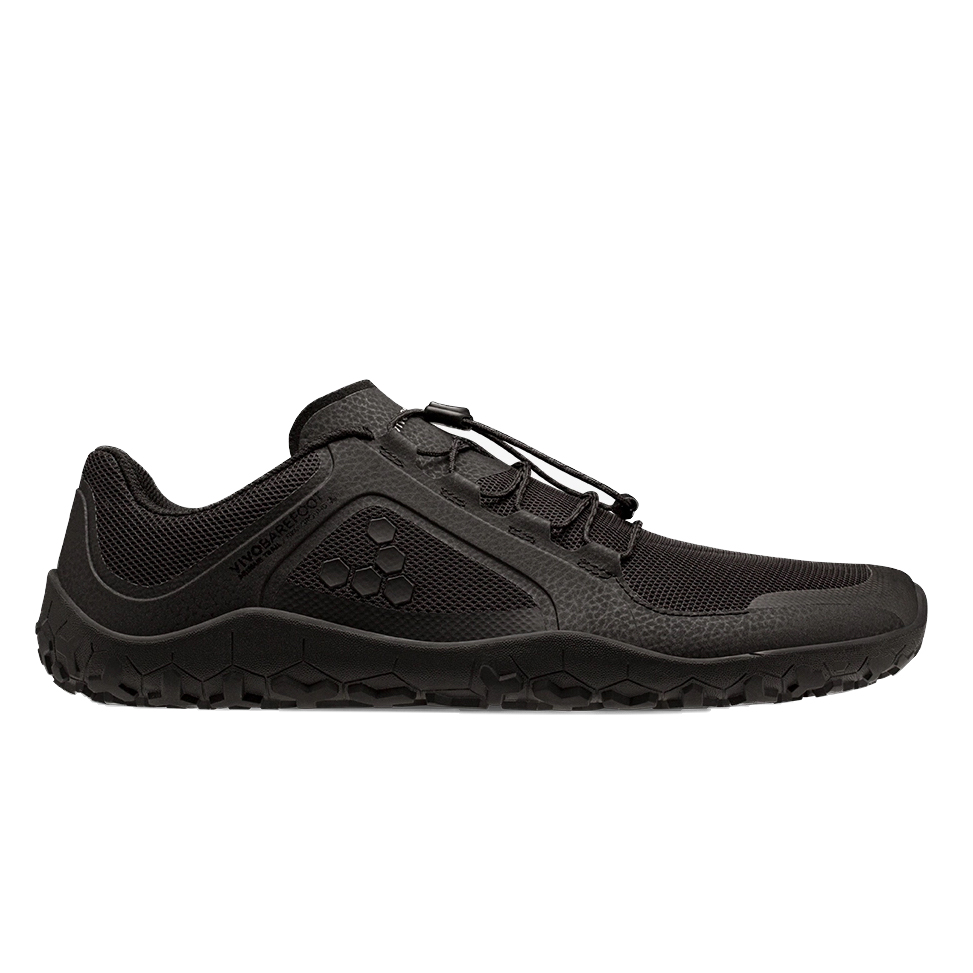
The Vivobarefoot Primus Trail II FG is made entirely from recycled materials, as well as being lightweight and easy to fold into a bag or pack. We found their grip to be brilliant while still allowing you to feel the ground rather than the treads of the shoes. They're also breathable and durable with a flexible upper mesh.
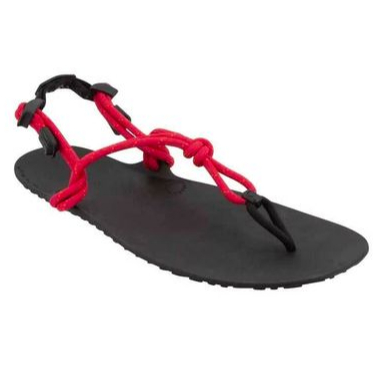
Inspired by the footwear used by the long-distance runners among the Mexican Rarámuri people featured in Born to Run, the Xero Genesis is as close as you can get to running actually barefoot, without risking your soles to glass or stones. The rubber sole is 5mm thick, and the straps are nylon with silicone grips. We've run off-road half marathons in them, and found the only downside to be the disapproving looks you get from other runners.
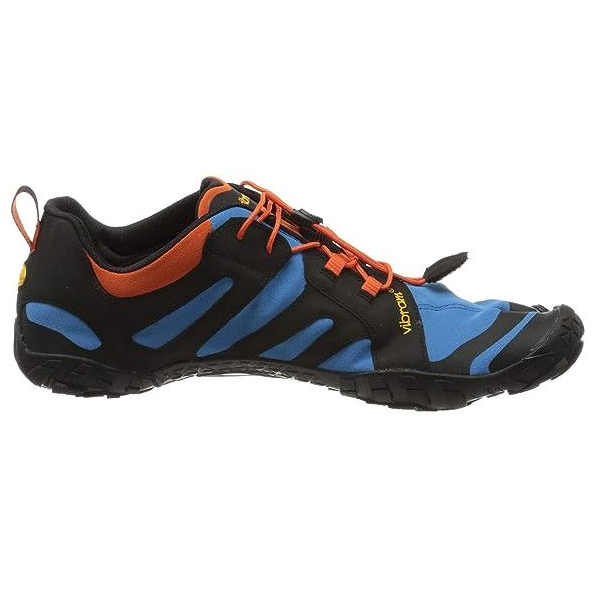
One of the most famous barefoot running designs, you'll need to check fit on the Vibram FiveFingers V-Trail 2.0 Trail as those separated toes won't suit everyone's foot shapes. If they fit your toes though, you'll find they offer an almost naked barefoot feel and good grip, though they're not that comfortable for heel-strikers.
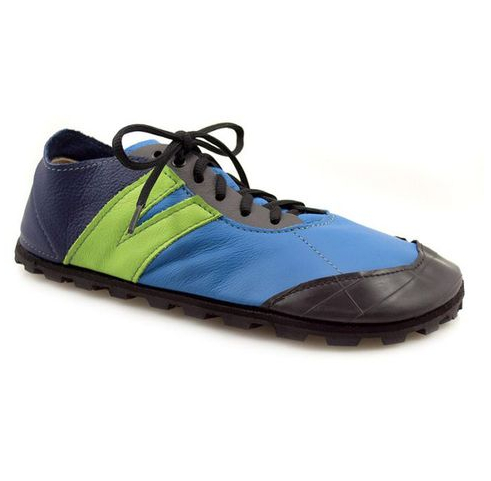
If you struggle with width fitting, the Softstar Megagrip Primal RunAmoc are handmade leather shoes that offer a wide fit and excellent grip, albeit at a high price. The leather is stretchy and breathable, with Vibram Megagrip soles that are great for dry and technical trails.
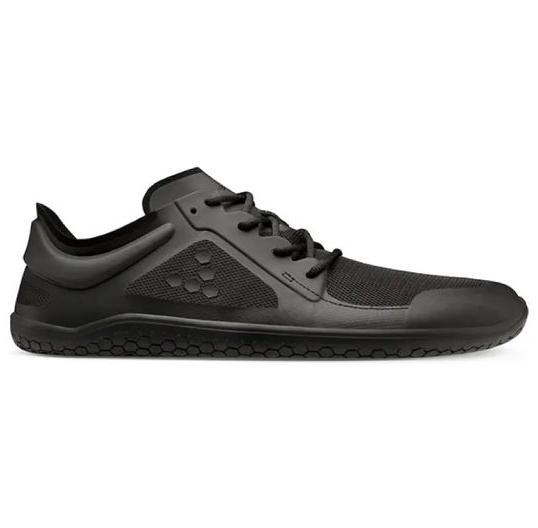
The VivoBarefoot Primus Lite III have a foot-shaped design, with zero drop, no midsole, and very thin outsole. This thin rubber outer grips better than you might expect, but you will feel any errant stones beneath your feet. Made from recycled vegan materials, they're a good environmental choice too.
The best barefoot running shoes in 2025
You can trust Advnture
The best barefoot running shoes overall
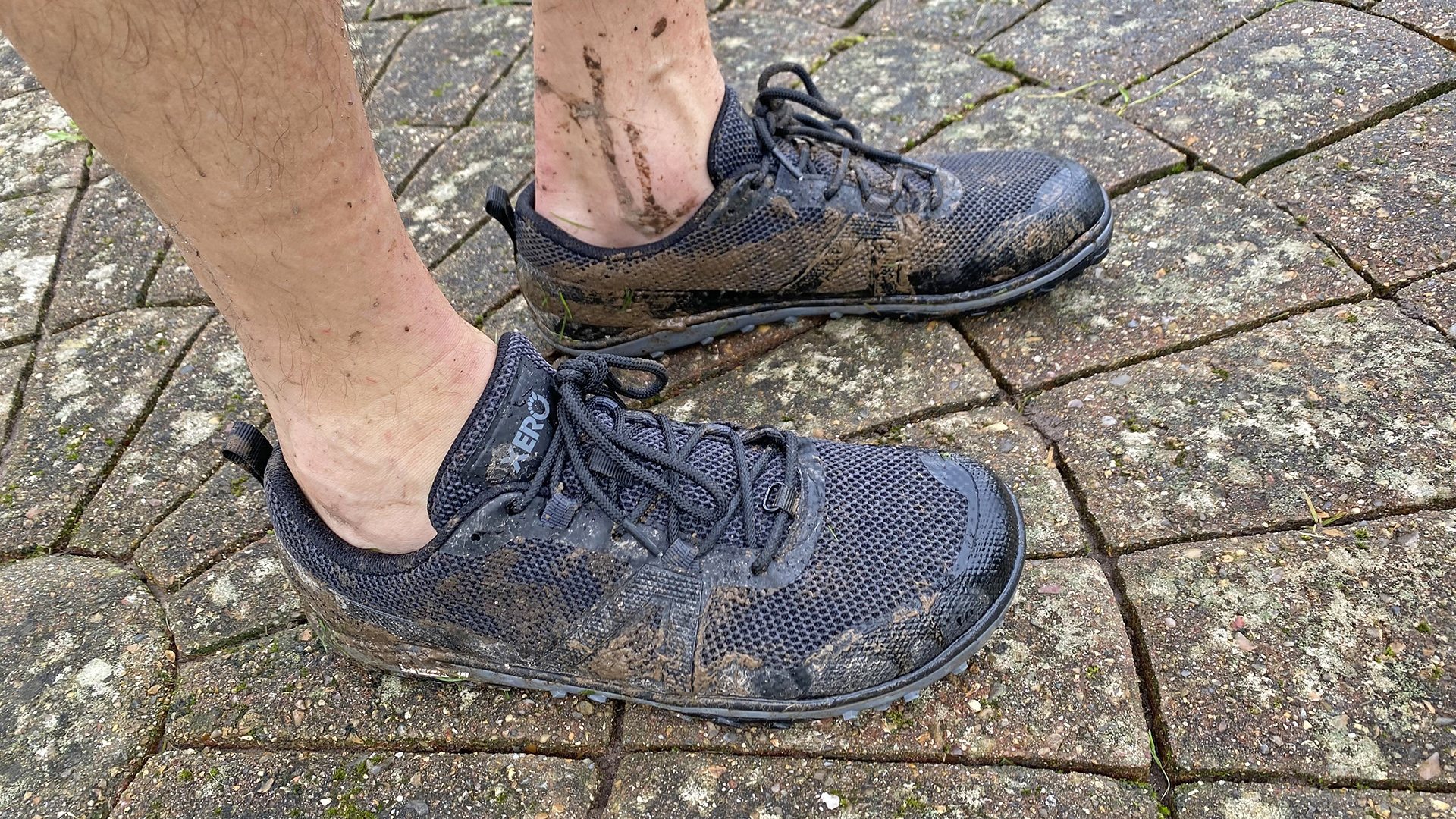
Specifications
Reasons to buy
Reasons to avoid
Aside from some aesthetic touches, the main thing that differentiates the Scrambler from the rest of the Xero range is the Michelin-made outsole, which is designed for running on mixed terrain. The lugs are large enough to supply grip on slippery tracks, but they don’t push through the bottom of the shoe uncomfortably when you’re running on hard-packed and sealed surfaces.
To help keep the Scrambler light and flexible while still making it tough, a layer of textile has been embedded into the outsole, while the main chassis of the shoe is made from a lightweight breathable mesh, which drains quickly and is comfortable next to skin if you choose to lose your socks and go for a proper barefoot approach.
Like other Xero shoes, the toe box is lovely and wide, and there’s a protective toecap on the outside. The laces are somewhat chunky for our liking, but despite only passing through four pairs of eyelets as standard, the midfoot strap set-up does supply decent hold and there is an extra pair of optional lace holes you can use in really boggy scenarios.
Read our full Xero Scrambler Low review
The best barefoot running shoes for racing
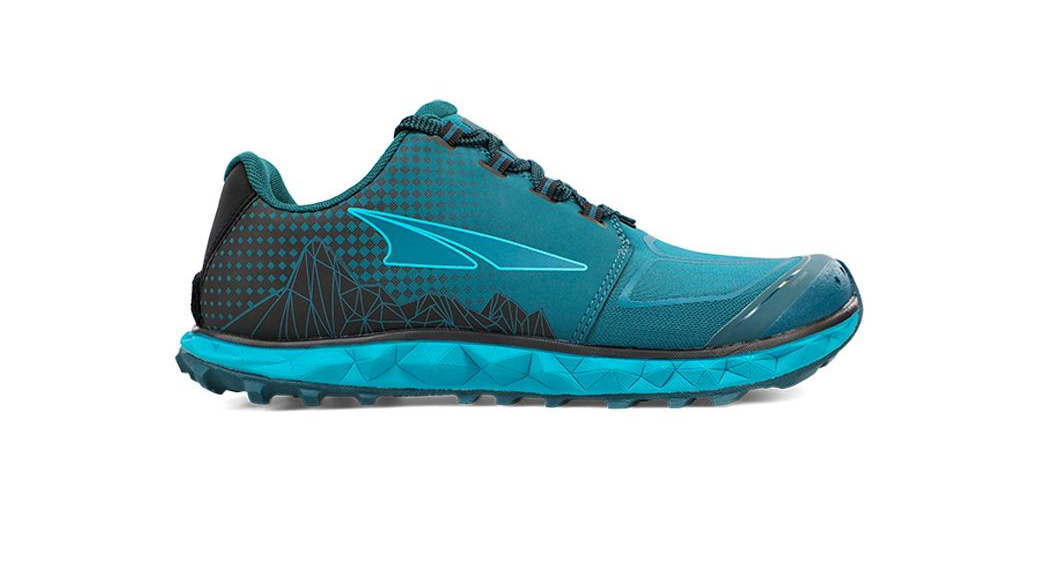
Specifications
Reasons to buy
Reasons to avoid
Altra doesn't particularly associate itself with the barefoot ‘movement’ – its appeal is broader and less controversial. However, the Superior exhibits features that fit with our ‘natural running’ theme. Altra is appreciated for their twin design philosophies of foot-shaped and balanced cushioning. We found that the shape allowed our toes to splay, especially as you're lifting off the ground. The zero-drop platform is interesting, and felt like more cushioning under our toes rather than less under the heel. The upper is a thin, soft and flexible engineered knit that's lightly padded in the mid-foot and a little more around the heel collar.
Like the padding, that midsole is ‘just right’ for a fast barefoot running shoe, with 21mm of Quantic midsole and MaxTrac rubber giving responsive cushioning and dependable grip over most terrain. Only muddy conditions caused occasional slips. Beneath the 6mm insole you find Altra’s StoneGuard; a removable plastic layer that could save you 30g / 1oz and increase ground feel if you desired, although our reviewer left them to enjoy the protection they provided.
Read our full Altra Superior 4.5 review
The best barefoot running shoes for high mileage
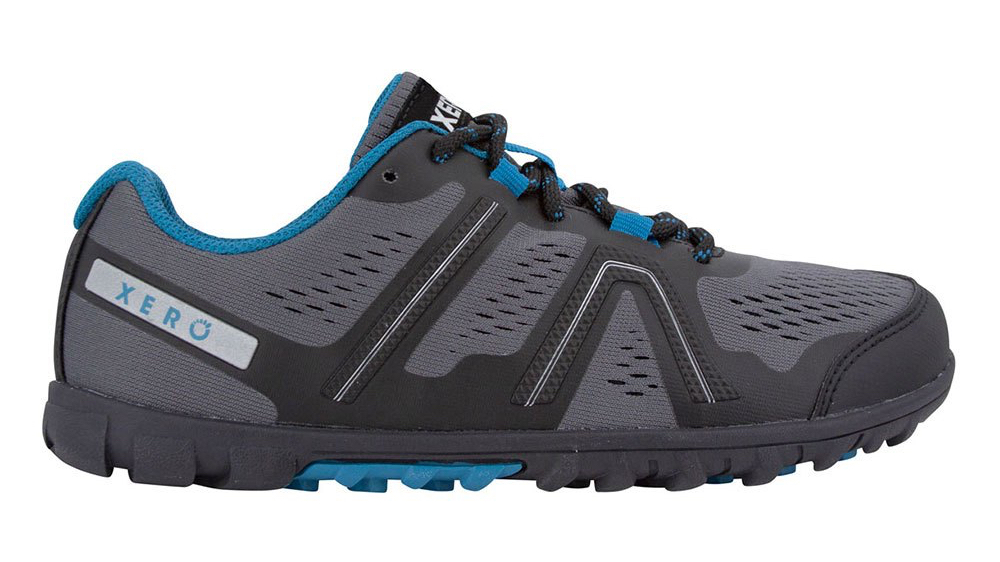
Specifications
Reasons to buy
Reasons to avoid
If you’ve ever felt that some of the bigger shoe companies spend too much on product styling, you'll appreciate the Xero Shoes Mesa Trail. They are 'aesthetically functional', but it’s not until they’re on your feet that you'll start to feel what all the excitement is about . Xero has chosen a foot-shaped last to build these on that will please most runners. The upper is soft and comfortable and the eyelet chain does a great job of securing the mid-foot, while a combination of bonded overlays and a stitched toe bumper toughen up the upper where required.
This barefoot running shoe has no midsole, but there is a smartly specified insole that’s made from a closed-cell foam (which won’t gain weight when wet) and is perforated for weight savings and airflow. Multi-directional 3.5mm lugs provide decent grip over wet grass and soft ground. The rubber compound is not tacky; this can sometimes cause grip issues on hard wet surfaces but should give a longer life to the shoe. For a shoe with no midsole the Mesa Trail will suit a surprisingly broad set of runners.
Read our full Xero Shoes Mesa Trail review
The best barefoot running shoes for drainage
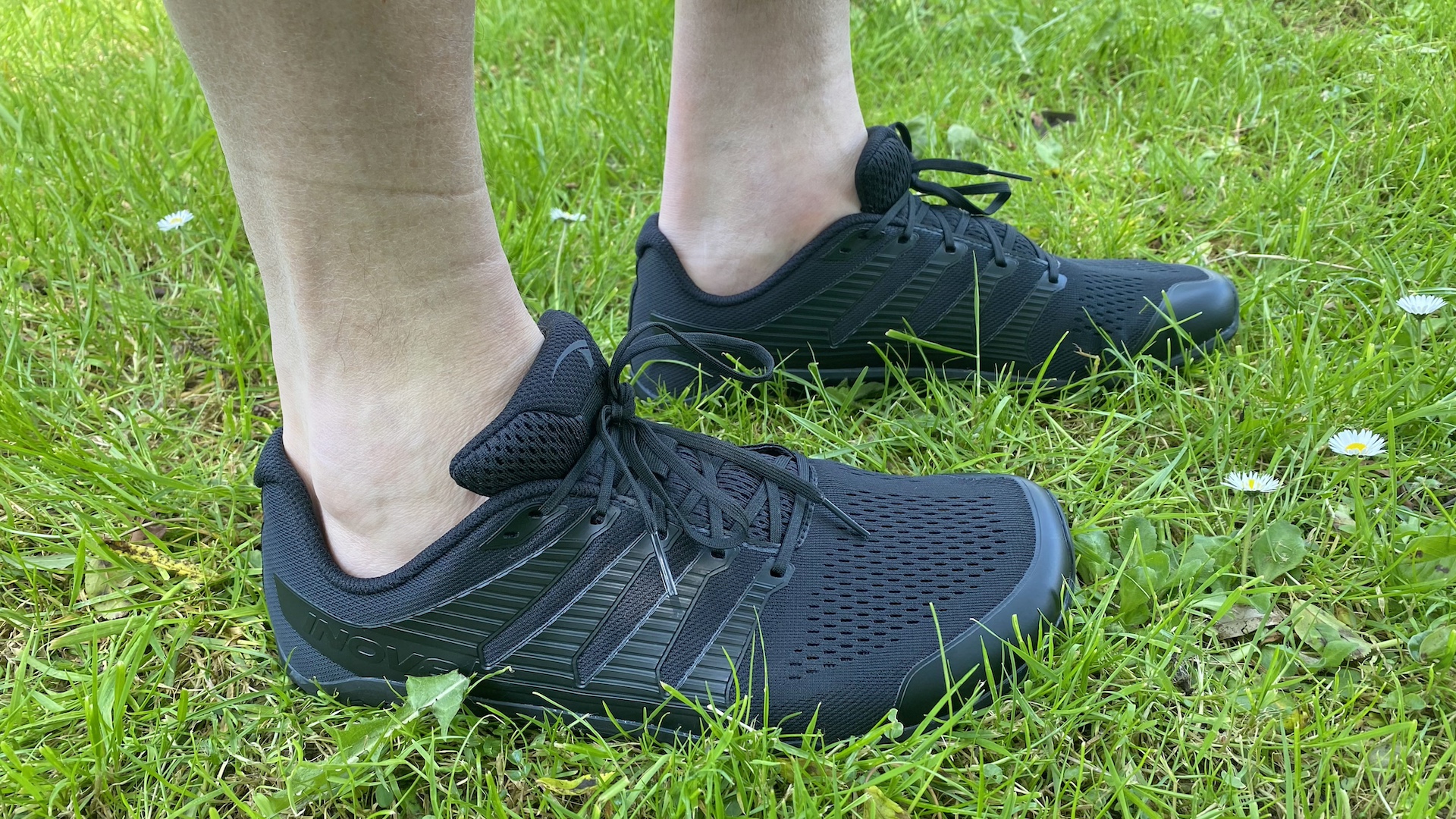
Specifications
Reasons to buy
Reasons to avoid
Those expecting a slightly more minimal version of Inov8's usual rugged output may be surprised by these barefoot runners. The Inov8 Bare-XFs are slim and lightweight with no midsole, for an authentic amount of trail feel. There's a 6mm 'Boomerang' footbed, which gives a small amount of padding and bounce, plus a 2.5mm sticky rubber outsole, but these are the real barefoot deal.
That outsole is ideal for dry trails, rocks and sealed surfaces, but not for slippery or muddy slopes where you're likely to skid or slide. It also extends slightly up the sides of the shoe, giving some extra protection against sharp objects, and the toe cap will help keep you safe from stubbing.
The Inov8 Bare-XF's uppers are made from a synthetic mesh that does a good job of keeping pebbles out while allowing your feet to breathe, while the cushioned tongue is comfortable and also features a breathable mesh.
Our reviewer was massively impressed by the shoes during weeks of testing around the hills and trails of south-west England. They experienced no rubbing or blisters, and particularly appreciated the wide toe box, finding the whole shoe felt relaxed but secure. The Inov8 Bare-XFs also drained and dried out quickly after the inevitable showers and puddles.
Read our full Inov8 Bare-XF review
The best barefoot running shoes for classic style
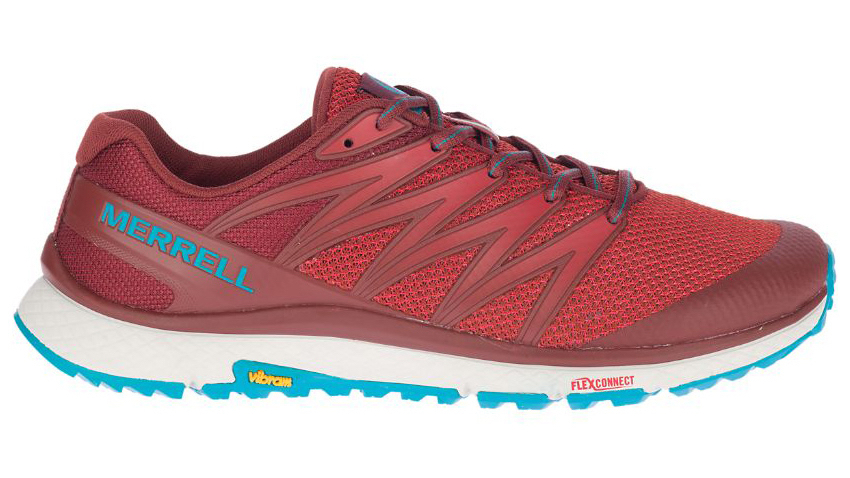
Specifications
Reasons to buy
Reasons to avoid
At first glance the Merrell Bare Access XTR seem to be a distinctly ‘normal’ running shoe, but look a little closer and the shoes' minimal stylings emerge. As an example, you may think from a quick look that there was a heel-to-toe drop on the shoe, but in practise your foot actually sits in the midsole, rather than on it.
There’s 17mm of stack height which includes a Vibram outer with 3mm lugs for grip. This isn't super sticky but performs well, only sliding around dramatically for our tester in some inappropriately deep snow and sticky mud. The midsole is firm but still provides comfort over rough terrain without eliminating ground-feel completely. The mesh upper is foot-shaped and broad but not too wide.
In our tests, we found the gusseted medium padded tongue helps with comfortable lacing; a good lock down and secure heel lock are easily achieved. Overlays, heel counters and toe bumper features are all subtle but present. The light weight and minimal design of this shoe encourage fast feet, while the midsole adds a level of protection when descending fast.
Read our full Merrell Bare Access XTR review
The best barefoot running shoes for sustainability
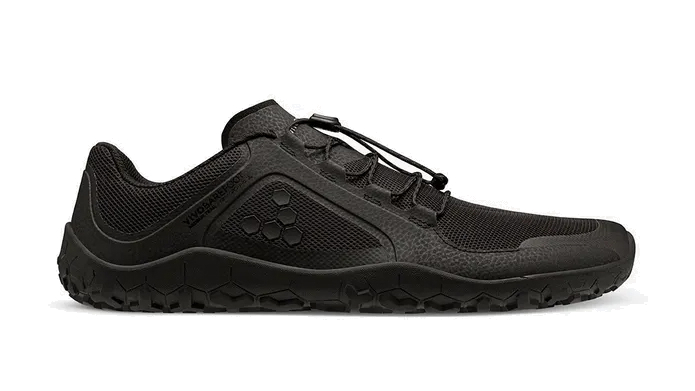
Specifications
Reasons to buy
Reasons to avoid
The FG in the name stands for ‘Firm Ground’, but Vivo say the Primus Trail IIs can cope with most sorts of ground conditions – firm, rocky, wet or dry – with the FG sole (with 4mm lugs) enabling multi-terrain traction with a sticky rubber compound for all round grip and durability. These claims really stood up on test, and the shoes inspired confidence on even the most slippery of surfaces. We found the Primus Trail let our feet breathe really well, and the shoes were surprisingly good at keeping water out, but there was some tightness around our reviewer's smaller toes.
The tongue is longer than it needs to be, causing irritation, and not everyone is a fan of the quick-lace system. The shoes seem very durable so far (albeit with a few creases) and the fact that they are made entirely from recycled materials is a huge plus. They’re also easy to transport, being light and easy to squish into a bag or pack.
Read our full VivoBarefoot Primus Trail II FG review
The best barefoot running sandals
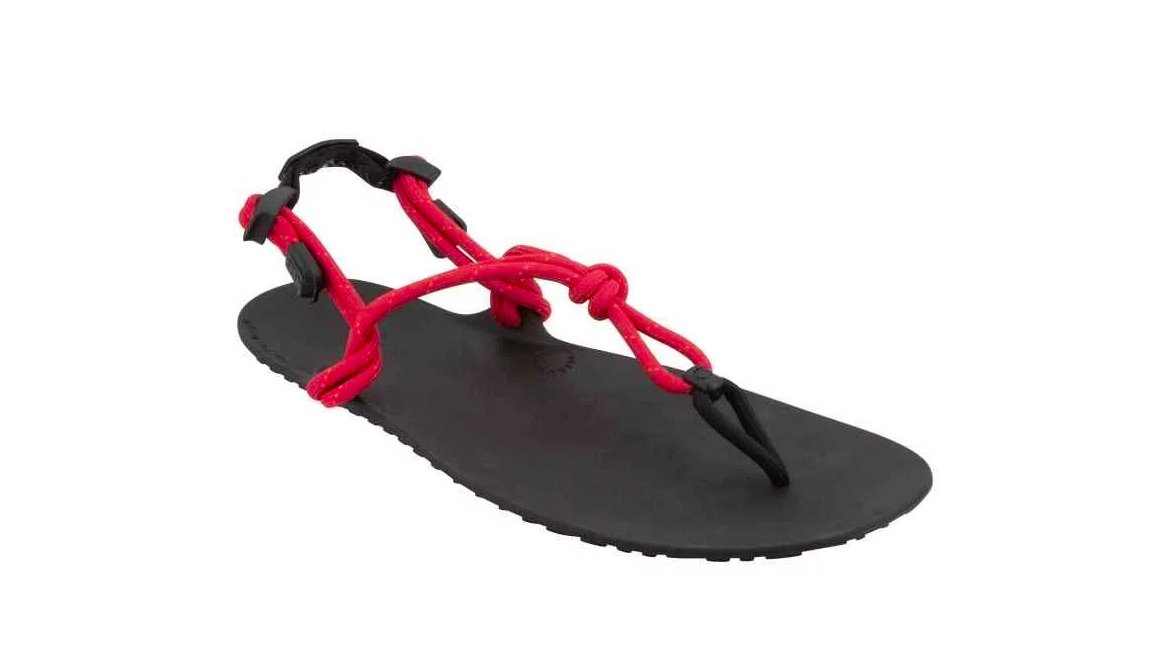
Specifications
Reasons to buy
Reasons to avoid
Donning these huarache-style sandals is about as close as you can get to pure barefoot running, while minimising the risk of cutting your foot open on flint or glass. There's nothing between the soles of your feet and the trails except 5mm of ‘FeelTrue’ rubber, and the sandal is held on with nylon straps (with silicone grip), which go between your toes and around the Achilles strap. People who are confident wearing these minimalist sandals run all sorts of distances (including ultras) in them, across challenging terrain in a variety of conditions.
Unsurprisingly, the trail feedback is sensational. You don’t get sweaty feet, or blisters. The soles last for years and the string can be replaced or repaired. There are no bonded materials, so everything could conceivably be recycled with ease, and they're suitable for vegans too. You have to be conscious about your foot placement as you run, to avoid injury, but those who espouse barefoot running see this as a positive, as it encourages thoughtful running. When conditions are wet, though, even fans will admit there is no traction between foot and sandal, which is fine if you're on flat ground, but potentially dangerous if it’s steep. You also have to deal with non-believers pointing and being a bit sneery – and if you do get an injury, everyone will get all ‘I told you so…’.
Read our full Xero Genesis review
The best barefoot running shoes for separated toes
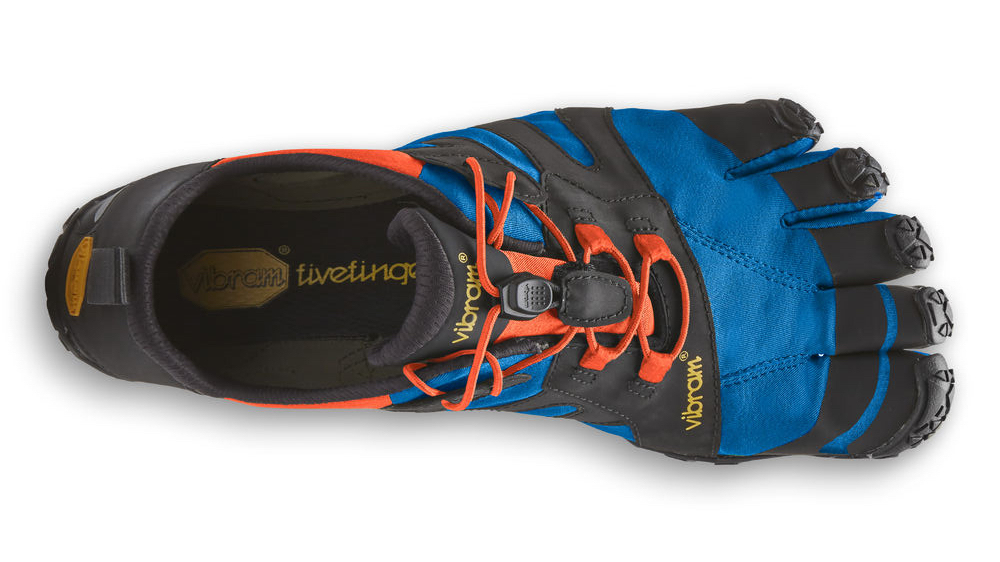
Specifications
Reasons to buy
Reasons to avoid
We have to start by acknowledging the 'unusual' look of these shoes. Pretty much the definition of 'love them or hate them' (sorry Marmite), there are both pros and cons to the famous separated toes design. Pros include the natural, almost naked feel given by the toe pockets, as well as the powerful 'toe-off' given on each step when all five toes are able to flex and splay independently. Cons, meanwhile, are mostly the fact that such a skin-hugging design won't fit everyone – our reviewer found that their little toes didn't reach the relevant pockets while his big toes were a tight fit.
Vibram is famous for its outsoles, which don't disappoint here. The sticky MegaGrip outsole works well, except against deep mud, which seems reasonable when they're not marketed as fell shoes. Within the sole, 3D Cocoon tech gives a good balance between allowing ground-feel while protecting you from spikier surfaces. There’s no midsole of-course, so they’re zero drop, light and nimble. Runners in very hilly areas will likely find hard packed or road descents tricky at speed. Overall comfort is impressive and the lacing system cinches up the mid-foot securely.
Read our full Vibram FiveFingers V-Trail 2.0 Trail review
The best barefoot running shoes for wide feet

Specifications
Reasons to buy
Reasons to avoid
Although the asking price seems high for a minimalist shoe, as soon as you open the eco-friendly paper wrap that the Softstars arrive in, and breathe in the waft of leather, you can see where your money is going. The leather is sumptuously soft and breathes naturally. The eyelet chain is smartly reinforced to allow for a good mid-foot lockdown and increase longevity – we think the whole shoe will last well if looked after.
The heel is internally padded with more leather, which we found comfortable, but makes it a bit tricky to get a good lockdown. The other unusual design choice is the toe rand bumper, a thin rubber material that feels like a bike inner tube and is tight across the toenails. Softstar has used Vibram’s excellent MegaGrip rubber on the outsole, and we found that the 4mm lugs provide impressive grip over most terrain. The addition of a firm but thin midsole introduces a well judged level of underfoot protection, producing a ride that’s high in natural ground feel and low in painful impacts. Our reviewer found the leather to be very stretchy, so struggled a bit over very technical terrain when the fit felt sloppy.
At 130mm in width, the forefoot is unusually wide, so it's ideal if you normally struggle to get a good fit. If you don’t have wide feet but like the sound of the shoes, there is a narrow fit option that’s worth considering.
Read our full Softstar Megagrip Primal RunAmoc review
The best barefoot running shoes for road feel

Specifications
Reasons to buy
Reasons to avoid
VivoBarefoot are known for their 'foot-shaped' shoes, which may leave people asking why all shoes aren’t foot-shaped… It's a good question that should definitely be asked by more wearers of pointy office shoes and other distinctly non-foot-shaped styles.
If you've ever noticed your toes being pushed around by an upper, try VivoBarefoot and see if the room to breathe improves things. The shape and width give your toes room to splay, becoming more active in the toe-off stage of your gait. Your feet are more part of the shoe’s friction mechanism too, molding around terrain where normal shoes use midsole. This is a powerful and connected sensation but may feel tiring at first as your feet strengthen to this new challenge. Good form is encouraged when wearing these shoes, as heavy heel striking is essentially impossible.
The vegan design and use of recycled materials is good to see, while a tough eyelet chain and solid welded construction should promote longevity, and smartly placed upper overlays should limit damage caused by big toes. These are designed for road rather than trail running, and our tester found they gripped well on tarmac but did mean you felt any errant stones on the path.
Read our full VivoBarefoot Primus Lite III review
The best barefoot running shoes comparison table
| Shoes | RRP | Weight | Compatibility |
| Altra Superior 4.5 | £120 (UK) | 302g / 10.6oz | All trails |
| Xero Shoes Mesa Trail | $130 (US) / £90 (UK) | 250g / 8.8oz | Trails of all kinds |
| Merrell Bare Access XTR | - | 260g / 9.2oz | All trails |
| Inov8 Bare-XF | $120 (US) / £115 (UK) / €120 (EU) | 210g / 7.4oz | Dry weather and sealed-surface barefoot running |
| VivoBarefoot Primus Trail II FG | $160 (US) / £130 (UK) | 285g / 10oz | All trails |
| Xero Genesis | £40 (UK) | 170g / 6oz | For the committed minimalist runner, these barely there sandals can be taken on any (lowland) trail |
| Vibram FiveFingers V-Trail 2.0 Trail | $135 (US) / €105 (EU) | 221g / 7.8oz | Great on all trails, with the exception of deep mud |
| Softstar Megagrip Primal RunAmoc | $185 (US) | 339g / 12oz | Zero drop, grippy, very wide forefoot, foot-shaped |
| VivoBarefoot Primus Lite III | $160 (US) / £130 (UK) | 258g / 9.1oz | Designed for road running and training |
How we test the best barefoot running shoes
At Advnture we endeavor to test every product we feature extensively in the field. That means one of our team of reviewers and writers – all experienced outdoor specialists active across the US, UK, Europe and Australasia – taking it out into the terrain and climatic conditions that it’s designed for.
For barefoot running shoes, we hit a variety of trails on different continents, from technical Peak District routes to smooth US runs. Our reviewers looked at weight, breathability, movement and comfort, as well as how the models held up in wet or muddy conditions.
Meet the testers
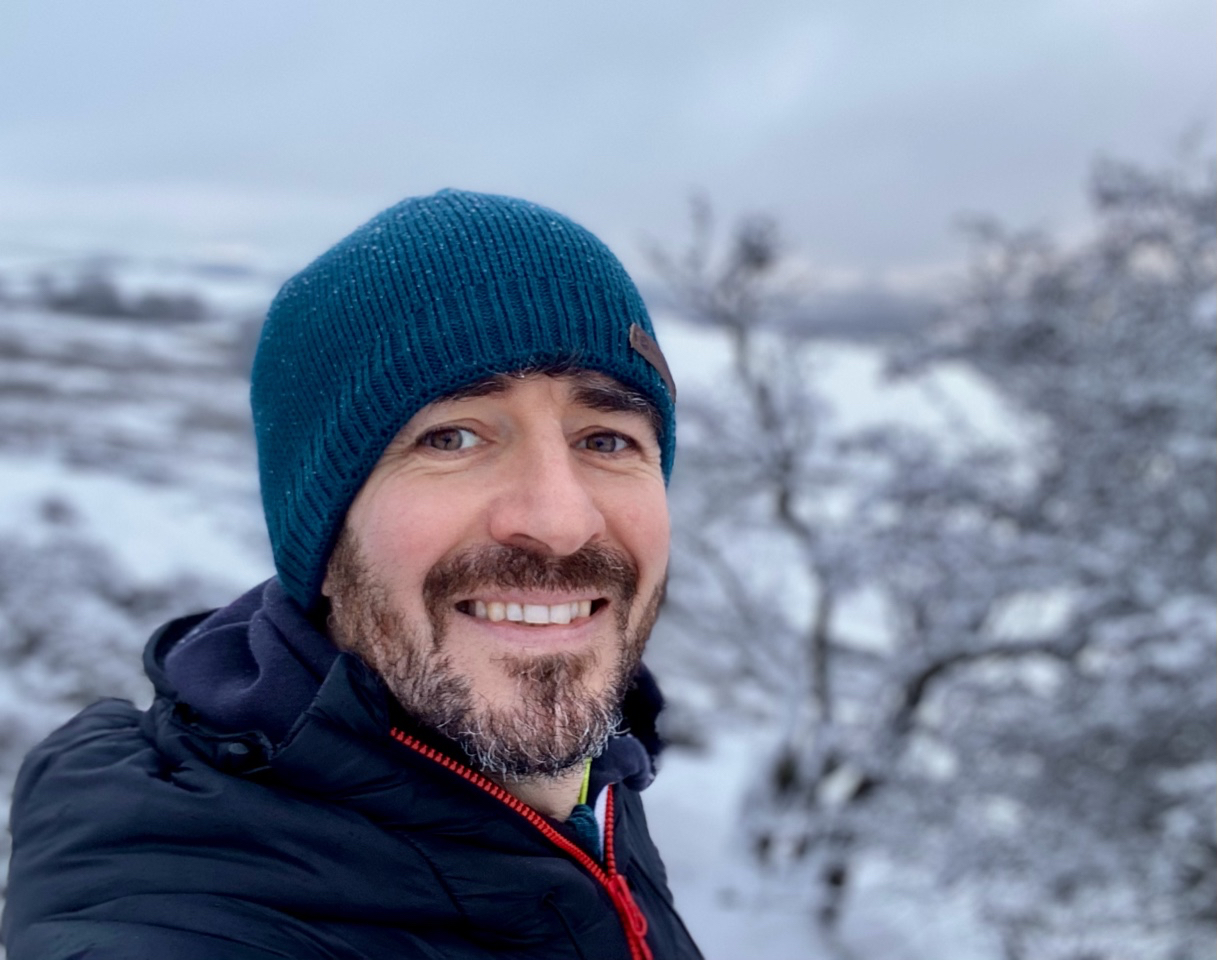
Mid-pack fell-plodder Paul has been writing about his outdoor adventures for about ten years. Initiated by a move from Coventry to the Peak District in 2010, Paul quickly evolved from jogger, reluctant gym-goer and occasional camper to full-blown fell-obsessed trail runner and wild camping adventurer.
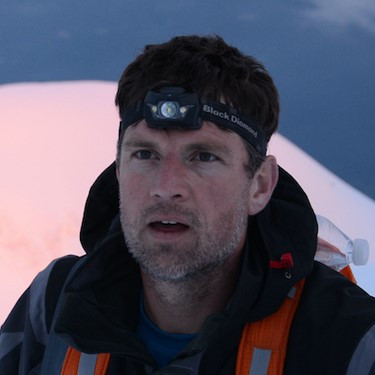
Author of Caving, Canyoning, Coasteering…, a recently released book about all kinds of outdoor adventures around Britain, Pat has spent 20 years pursuing stories involving boots, bikes, boats, beers and bruises. En route he’s canoed Canada’s Yukon River, climbed Mont Blanc and Kilimanjaro, skied and mountain biked through the Norwegian Alps, run an ultra across the roof of Mauritius, and set short-lived records for trail-running Australia’s highest peaks and New Zealand’s Great Walks. He’s authored walking guides to Devon and Dorset, and once wrote a whole book about Toilets for Lonely Planet. Follow Pat’s escapades on Strava here and Instagram here.

Brian is an award-winning journalist, photographer and podcaster who has written for Runner’s World, The Times, Outside, Men’s Journal, Trail Runner, Triathlete and Red Bulletin. He's also the author of several books, including Kicksology: The Hype, Science, Culture and Cool of Running Shoes. He lives in Boulder, Colorado, and loves to run, bike, hike, camp, ski and climb mountains. He has wear-tested more than 1,500 pairs of running shoes, completed four Ironman triathlons, as well as numerous marathons and ultra-distance running races.
How to choose the best barefoot running shoes
The best barefoot running shoes – or best natural running shoes / best minimal running shoes, according to your preferred terminology – share certain very specific characteristics, yet, as evidenced here, they can also look very different to one another.
When selecting the best barefoot running shoes to test we went for quality first, but also chose a range that went from super minimal (for the true barefoot experience) to shoes featuring low stack designs with just a little midsole that still encourage natural running. We suggest that analyzing the differences between these shoes is a good tactic when you are shortlisting your next purchase. Ask yourself the following questions:
Do you want the extreme ‘barefoot’ experience?
If you’re keen on the proper barefoot experience your shoe will need to be zero drop (with no difference in height between the heel and toe) and have no midsole. It might not even have an insole, and may have been designed to wear without socks. The outsole rubber could be surprisingly thin for maximum ground-feel. The shoe should be very lightweight and barefoot brands will often keep the bumpers and overlays to a minimum – simplicity is key. And there’ll be no guide structures like medial posts or arch supports. Look for a wide and foot-shaped forefoot that will allow your forefoot to relax and your toes to splay. Many of the best barefoot running shoe brands are also proud of their eco-creds, using recycled materials in manufacture and offer recycling programs when the shoes are worn out.
Or do you want a shoe that encourages natural running, but still offers some cushioning?
Many trail running shoes feature zero (neutral) or minimal drop between the heel and the toe, which encourages a natural running style instead of high-impact heel striking stride, but still have a little bit of a midsole. What you gain here is a little bit of cushioning, and what you loose is some trail or ground ‘feel’.
A word of warning
If you’re completely new to low-stack and low-drop/no-drop barefoot running shoes, they can cause increased calf strain at first, so transition carefully and read up on the best barefoot shoe running techniques. Try one short run a week to begin with. Listen to your body and increase mileage and frequency carefully. Our 'how to start barefoot running guide will give you some pointers. Be warned, increased ground feel is strangely addictive.
Advnture Newsletter
All the latest inspiration, tips and guides to help you plan your next Advnture!
Mid-pack fell-plodder Paul has been writing about his outdoor adventures for about ten years. Initiated by a move from Coventry to the Peak District in 2010, Paul quickly evolved from jogger, reluctant gym-goer and occasional camper to full-blown fell-obsessed trail runner and wild camping adventurer. Paul’s 2016 attempt at the Cape Wrath Ultra was only curtailed (on day six!) by an infected big toe; the story of its Vesuvius style release, with supporting photos, is something Paul is too keen to share.
